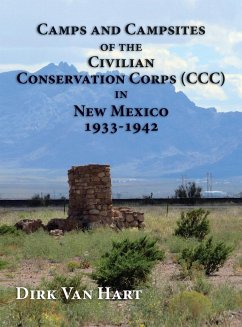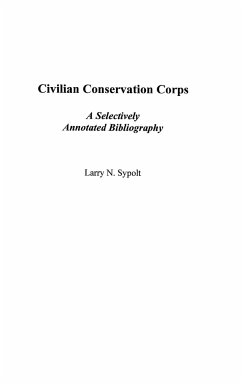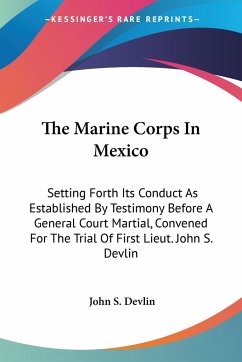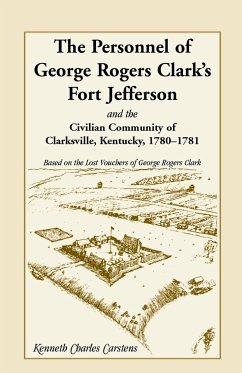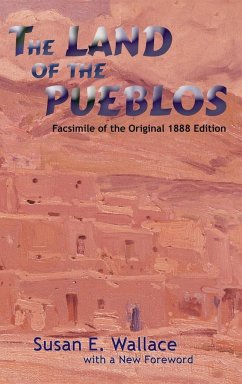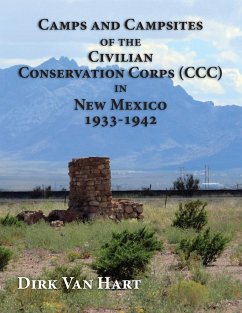
Camps and Campsites of the Civilian Conservation Corps (CCC) in New Mexico 1933-1942

PAYBACK Punkte
11 °P sammeln!
The impact of the Civilian Conservation Corps (CCC) on New Mexico is often forgotten, mainly because the subsequent cataclysm of World War II erased it from the public's consciousness. This book is designed to document the state's ninety CCC sites (camps) where 55,000 young men (including 32,000 state residents) actually worked and lived during the grim Great Depression of the 1930s. The impact of the CCC on the state and the nation is incalculable. This book details where the camps were located, how to recognize the sites today, and how to appreciate them in context. This book was named winne...
The impact of the Civilian Conservation Corps (CCC) on New Mexico is often forgotten, mainly because the subsequent cataclysm of World War II erased it from the public's consciousness. This book is designed to document the state's ninety CCC sites (camps) where 55,000 young men (including 32,000 state residents) actually worked and lived during the grim Great Depression of the 1930s. The impact of the CCC on the state and the nation is incalculable. This book details where the camps were located, how to recognize the sites today, and how to appreciate them in context. This book was named winner of the Historical Society of New Mexico's 2021 Fray Francisco Atanasio Dominguez Award. This award is given annually for an outstanding publication or significant contribution to historic survey and research in New Mexico or Southwest Borderlands history.



